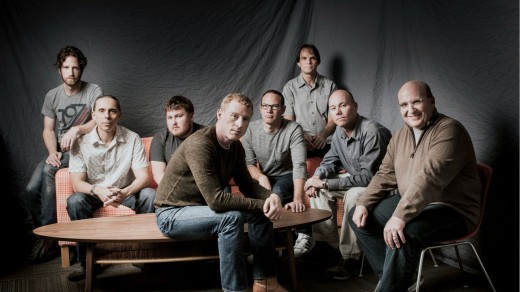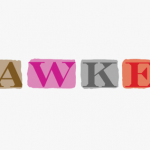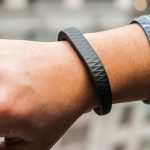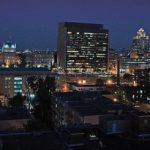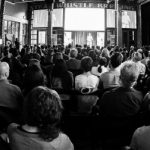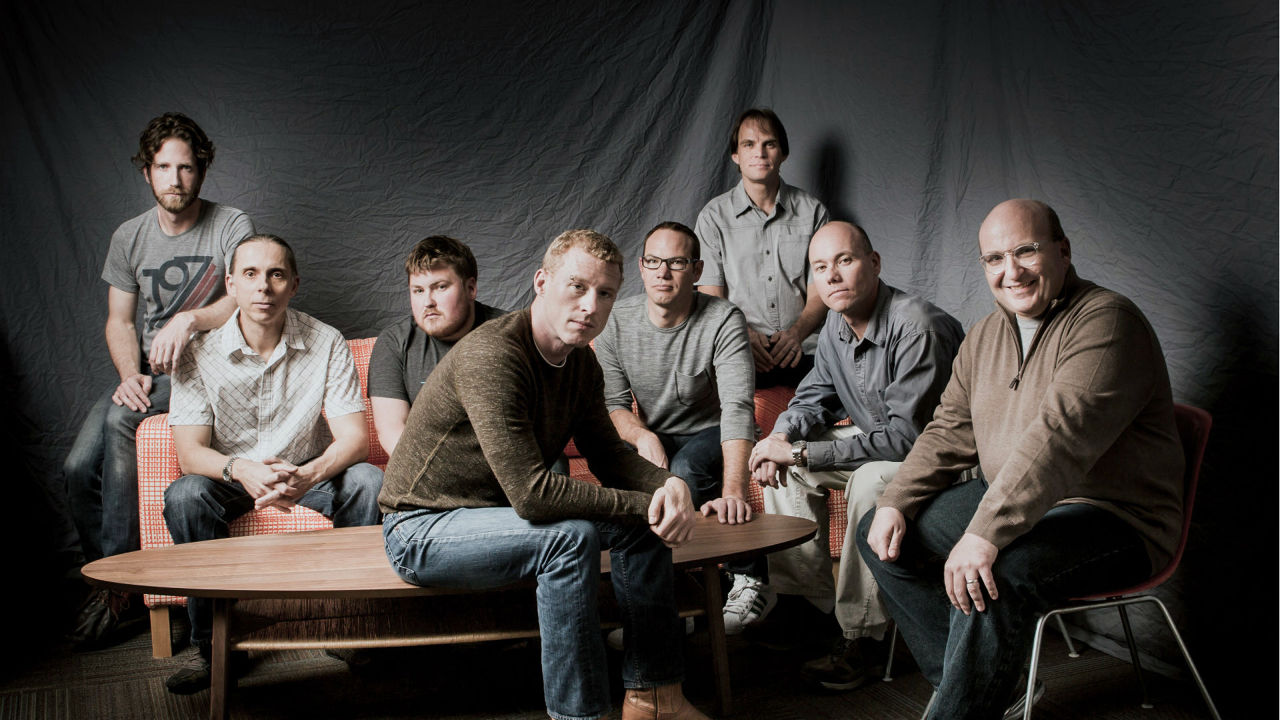simply Your conventional New Mexico picture acceptance Startup Spun Off From A government Lab
some distance from Silicon Valley, Descartes Labs objectives to show a national analysis facility’s AI analysis into new ways of understanding the sector.
April 20, 2015
On a up to date Friday afternoon, I was once driving the San Francisco subway when the doorways opened at a station and Mark Johnson stepped into the car. It was a pleasant surprise to look him . . . but not that much of a shock. through the years, Johnson has worked at a bunch of startups I’ve coated, together with Kosmix (received by way of Walmart), Powerset (later one of the crucial foundations of Microsoft’s Bing) and Zite (which was once bought through CNN, which later flipped it to Flipboard). he is the form of man I call to mind when I think of Bay house startups.
As we rode a few stops collectively, I requested Johnson what he had been up to seeing that he left he left CNN, the place he had ended up after the Zite acquisition, closing 12 months. He advised me that he’d moved to Los Alamos, New Mexico, to begin a company. That used to be startling.
the company in query is Descartes Labs, and there is a excellent reason why it’s in Los Alamos. It goals to commercialize picture-reputation know-how developed at the Los Alamos nationwide Laboratory (LANL) below the supervision of Steven Brumby, Johnson’s cofounder, who was accompanying him on his subway travel.
Johnson’s previous gigs have been at consumer technology companies. to start with blush, Descartes is a wildly different sort of industry, and perhaps—so long as we’re being superficial—a drier-sounding one. Its goals include helping governments and companies consider environmental and agricultural developments by using inspecting decades’ value of satellite tv for pc images.
on the other hand, all of Johnson’s jobs were at firms that aimed to provide computer systems a deep working out of huge data. Descartes is doing the same. it’s just that its ambitions involve deeper working out, larger data, and extra profound long-time period implications than ever before.
image Revolution
the concept that become Descartes Labs originated with Brumby, and is a continuation of his lifestyles’s work. a native of Australia, he received a PhD in particle physics from the university of Melbourne and then came to the U.S. for a logical purpose: “Australia has no house software, and that i grew up trying to do space stuff.”
That interest led to an hobby in taking a look on the Earth from area and, extra generally, instructing machines to take into account images. thanks to ongoing synthetic-intelligence breakthroughs, “mind-impressed algorithms had the possible to revolutionize laptop imaginative and prescient,” Brumby says. “There was the possibility of this qualitative strengthen within the computer’s vision to see.”
on the Los Alamos national Laboratory, which he joined in 1998, Brumby co-invented GENIE, picture-diagnosis software that used to be able to picking components equivalent to water and seashores in satellite tv for pc pictures. Later, he developed a neuroscience-based deep finding out algorithm with purposes in social media, satellite tv for pc imagery, surveillance video, and other areas.
in fact, although Brumby can’t talk about a lot of the work he did at LANL, which opened in 1943 and remains highest identified for its founding effort, the long island mission. As said on its web site, the Lab’s present-day mission is “to solve national security challenges thru scientific excellence.” these challenges include nuclear threats, terrorism, and cyberattacks; via their nature, they tend to lead to research that remains labeled.
however Brumby does present a few examples. “On September 12, 2001,” he says, “I was examining satellite pictures, attempting to determine how the plumes of toxic stuff popping out of the arena change middle website online had been blowing over manhattan and Queens.” Later, “when Katrina happened, we were having a look at the Gulf Coast analyzing how a lot of it had been destroyed.”
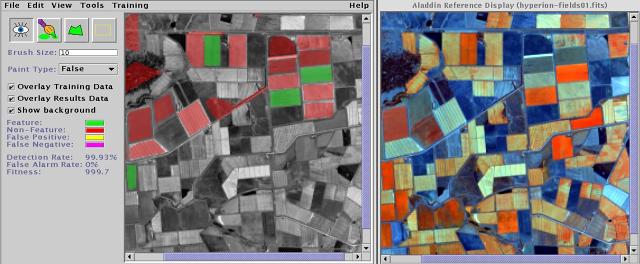
As Brumby and his LANL colleagues were exploring deep learning’s energy to help computers be mindful pictures, a lot of other researchers in different places were making progress on associated research. As they did, the science started taking a look much less experimental and more like a trade opportunity.
“a few yr ago, the Googles and Facebooks of the sector began to recruit the deep finding out experts out of academia, to turn this expertise into one thing industrial,” Brumby explains. “sooner or later, the expertise has to return out of the lab and go into the real world.”
Brumby began to take into consideration constructing a company across the work he had been doing at LANL. He consulted with Francine Sommer, a undertaking capitalist based totally in Santa Fe. They concluded that he must associate with any individual from Silicon Valley with experience in knowledge-severe startups. That led them to Johnson, who used to be contemplating his options after leaving Zite.
“I virtually failed to take the call, as a result of I was skeptical of video search normally and particularly from a nationwide lab,” Johnson says. “After talking to Steven on Skype for just about an hour and a half, I used to be so impressed that I booked a ticket to Santa Fe for a few days later. Steven and that i clicked, I met the rest of the workforce, and the rest is historical past.” Johnson turned into Descartes’ cofounder and CEO, with Brumby as cofounder and CTO.
Seeing the world
The work that Brumby had been doing at LANL gave Descartes a head begin of a form that built-from-scratch startups do not experience. For one factor, the Lab had already invested $15 million in growing the know-how. For some other, six of Descartes’ nine staffers are former LANL staffers, and every other spent time there as a student.
after all, declaring that you might be founding a startup to do picture acceptance rarely narrows things down in any respect. Descartes almost ended up concentrating its efforts on know-how for analyzing images from social media feeds. Brumby had conducted such analysis at LANL; it is this type of logical software of image-attractiveness technology that several different startups are pursuing it, similar to Ditto Labs, which helps companies spot their products in pictures posted by means of customers.
in a roundabout way, though, Brumby and Johnson decided to zig while others were zagging. Descartes may tackle plenty of picture-reputation challenges over time, however for now, it is inspecting satellite images.
“the first thing we’re truly excited about is how you can look at natural tools from area,” says Brumby. however it’s no longer about educating computers to investigate satellite imagery as accurately as an skilled individual might do. properly skilled, a pc may be capable to do the job a long way higher.
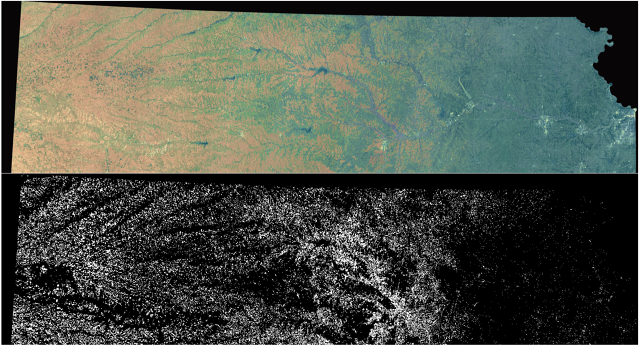
“What we’re in point of fact occupied with is stuff the place should you have a look at the information, a human couldn’t even tell what they’re having a look at,” says Brumby. Descartes’ technology can analyze “spectral knowledge and types of light invisible to the human eye, and be aware it through long time sequences at international scale.”
The implications of the this working out may be enormous. One instance: “We’re having a look at exhibiting people what vegetation are being grown the place, to a excessive degree of accuracy,” says Johnson. “As we are living in a time of drought, agriculture goes to have to change.”
“there may be a bunch of attention-grabbing questions in the case of cities that we expect are important for folk to be aware,” provides Brumby. reminiscent of why slum areas improve and whether or not growth happens via uncontrolled sprawl or by way of thoughtful relevant planning. Descartes may flip satellite tv for pc images into useful intelligence on such matters.
When Brumby and Johnson defined their know-how’s governmental origins, I wondered if it could possibly result in a windfall for the LANL if Descartes actually takes off—a little bit like what came about when Stanford university was once awarded 1.7 million shares of Google stock for permitting Larry web page and Sergey Brin to show their tutorial analysis mission into an organization.
Nope. Descartes is licensing the technology that Brumby and his colleagues developed, but Johnson told me that if Descartes does something useful and succeeds at doing it, LANL considers that to be reward enough. The Laboratory’s analysis “is funded via the taxpayers, and when safety is no longer a priority, they try to switch it out for the overall just right of the general public,” he says.
Pixels by the Billion
by using determining to research satellite imagery, Descartes narrowed its focus. however it did not choose a small, baby-steps kind of mission. Its information set comprises a long time’ worth of pictures spanning your complete planet; it is tough to think of every other picture-acceptance project that includes recognizing a lot imagery.
The numbers related to the project inform the story. The satellite tv for pc images that Descartes has processed thus far embody 10 billion square kilometers of land, an quantity of territory a thousand times the scale of the U.S. They incorporate the similar of 50 million one-megapixel images’ value of pixels, and absorb 700 terabytes of storage.
to this point, the company has converted the an identical of 20 Earths from satellite photography into maps. however that is simplest 5% of the satellite tv for pc imagery that NASA has accrued over the past 35 years. Descartes intends to process all of it. once it’s finished, it says that it’s going to have what amounts to a four hundred-frame video of the Earth given that 1980—with each and every body containing four.5 billion (yes, billion) pixels of knowledge.
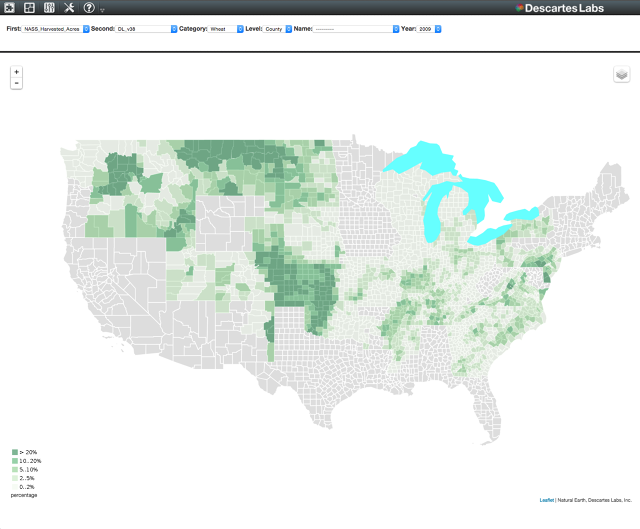
Crunching all that data is the kind of enterprise that once required a supercomputer. because of extremely-powerful machines comparable to IBM’s Roadrunner and Cray’s Cielo, LANL was one of the few outfits outfitted to do it. And it stored tight control over the process. “With a nationwide lab, you have got authentic safety considerations and pursuits, and subsequently quite a lot of ideas about use the computer systems,” Brumby says.
For Descartes, though, the location is radically completely different. during the last few years, firms similar to Amazon and Google have begun providing internet-based totally computing-on-demand services and products that offer startups corresponding to Descartes with access to excellent quantities of computing energy on a pay-as-you-go foundation. unlike LANL, Descartes can outsource the heavy lifting to 3rd events, and most effective pay for as so much computational muscle because it wants. successfully, the cloud is its supercomputer.
No-Distraction Entrepreneurship
Startups are under no circumstances unknown in New Mexico. (in reality, undertaking capitalist Sommer, who helped make the connection between Brumby and Johnson, lives there so she will spend money on them.) however it’s secure to say that Los Alamos is not San Francisco or Palo Alto, the place entrepreneurs are amongst their own sort and there may be nothing remarkable about operating right into a founder on the road, in a espresso shop, or aboard public transportation.
“a little of isolation just isn’t a nasty factor,” claims Johnson, who argues that it can be more uncomplicated for folks building an organization to go into a productive, heads-down mode if they are free of the distractions of a startup-centric neighborhood. He provides that the area bargains some unique advantages, such as the presence of the Santa Fe Institute, a scientific analysis organization based by means of former LANL workers. “there’s a shocking collection of tools right here if you happen to simply be aware of where to look for them.”
nonetheless, the tools of the Bay area startup scene are also available when Descartes wants them: they’re simply further away. the company already has a small workplace there, and plans to do extra hiring. And after I bumped into Johnson and Brumby on the subway, it was once as a result of they’d traveled to San Francisco for a board assembly.
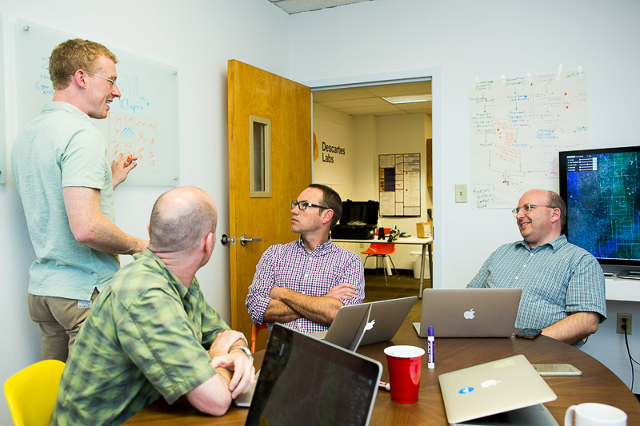
Descartes’ short-time period problem, as Johnson places it, is “turning the science right into a product and turning the product right into a business.” What’s subsequent entails more refinement: the company continues to be in the process of “figuring out the market we’re attacking, and helping the scientists to information that science in opposition to the issues we’d like to resolve.”
that is to not say that Descartes’ founders think that the potential for its expertise is whatsoever restricted to the applications it can be at present pursuing. ahead of we’re performed talking, in fact, Brumby riffs on the potential for diagnosis of the type the corporate performs sooner or later being performed immediately on the whole thing from shopper gadgets to robots, the use of ever more-highly effective processors, so they may be able to no longer best see, however keep in mind what they are seeing.
“it is low-cost to position little camera systems in the whole thing,” he muses. “the issue is, what do you do with the information coming from all these cameras?”
excessive-end picture recognition was once the province of smartly-funded analysis labs equipped with supercomputers. today, a tiny startup with world-class scientific experience and get admission to to the cloud, reminiscent of Descartes, can leverage it for specialised functions. If the technology retains on progressing—and there isn’t any motive to suppose it is not going to—it may well prove in every single place there may be a digicam.
“just in 4 months, we’ve got come a ways,” Johnson says. Given enough time, there doesn’t appear to be any restrict to the place this imaginative and prescient of computing device vision could go from here.
(143)

